Taking a few days off your regular duties is worthwhile. It becomes more exciting if you have something fun planned. Most people go for holidays in their favourite destinations, while others choose to stay indoors with their loved ones. Assuming you decide to enjoy your vacation on the water by taking a few days’ boat trip, you need to plan accordingly. This is regardless of whether you are making the trip alone or as a team. The following are some of the things you should consider before starting your journey to make it enjoyable.
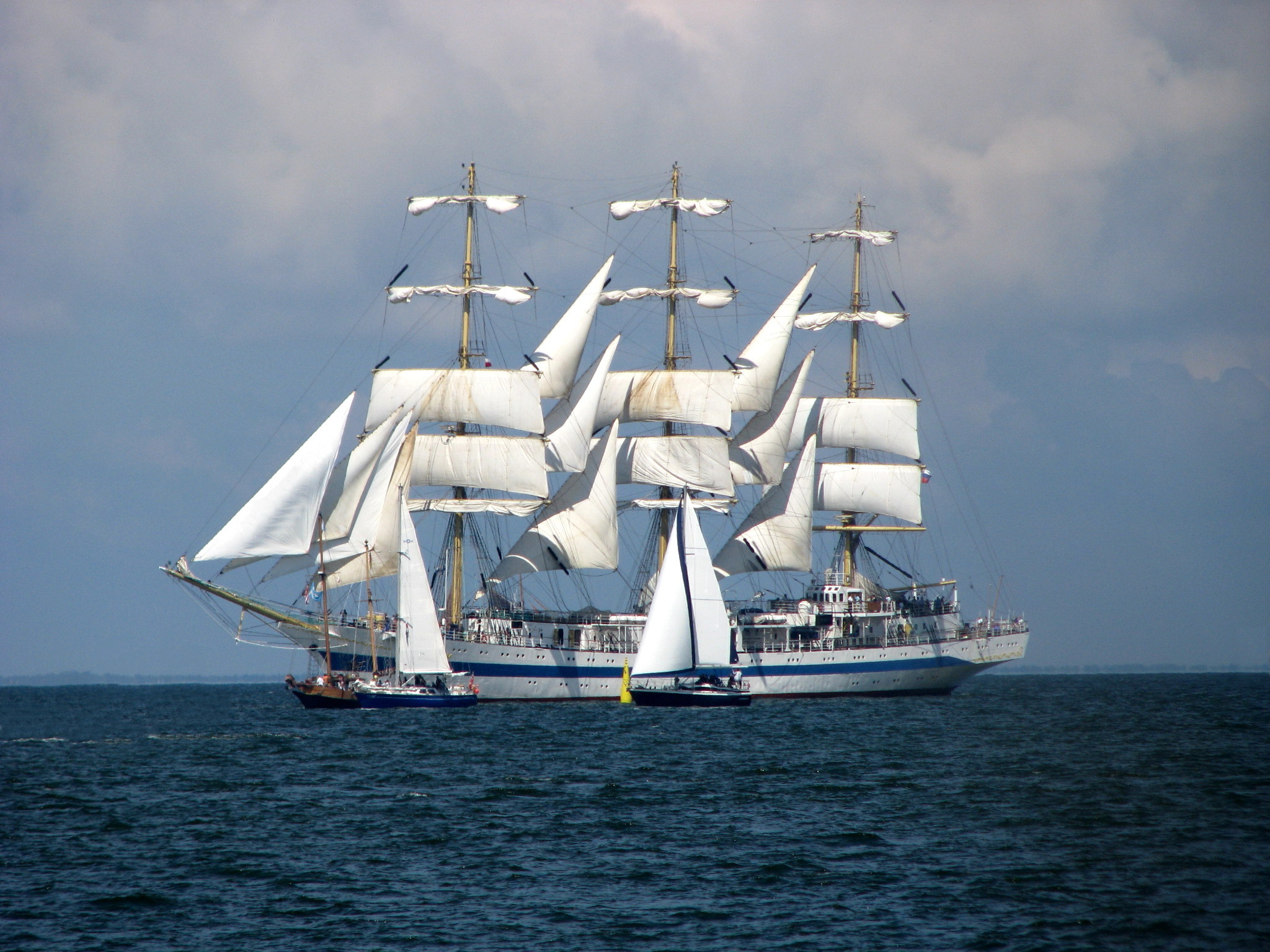
Plan for the Your Trip
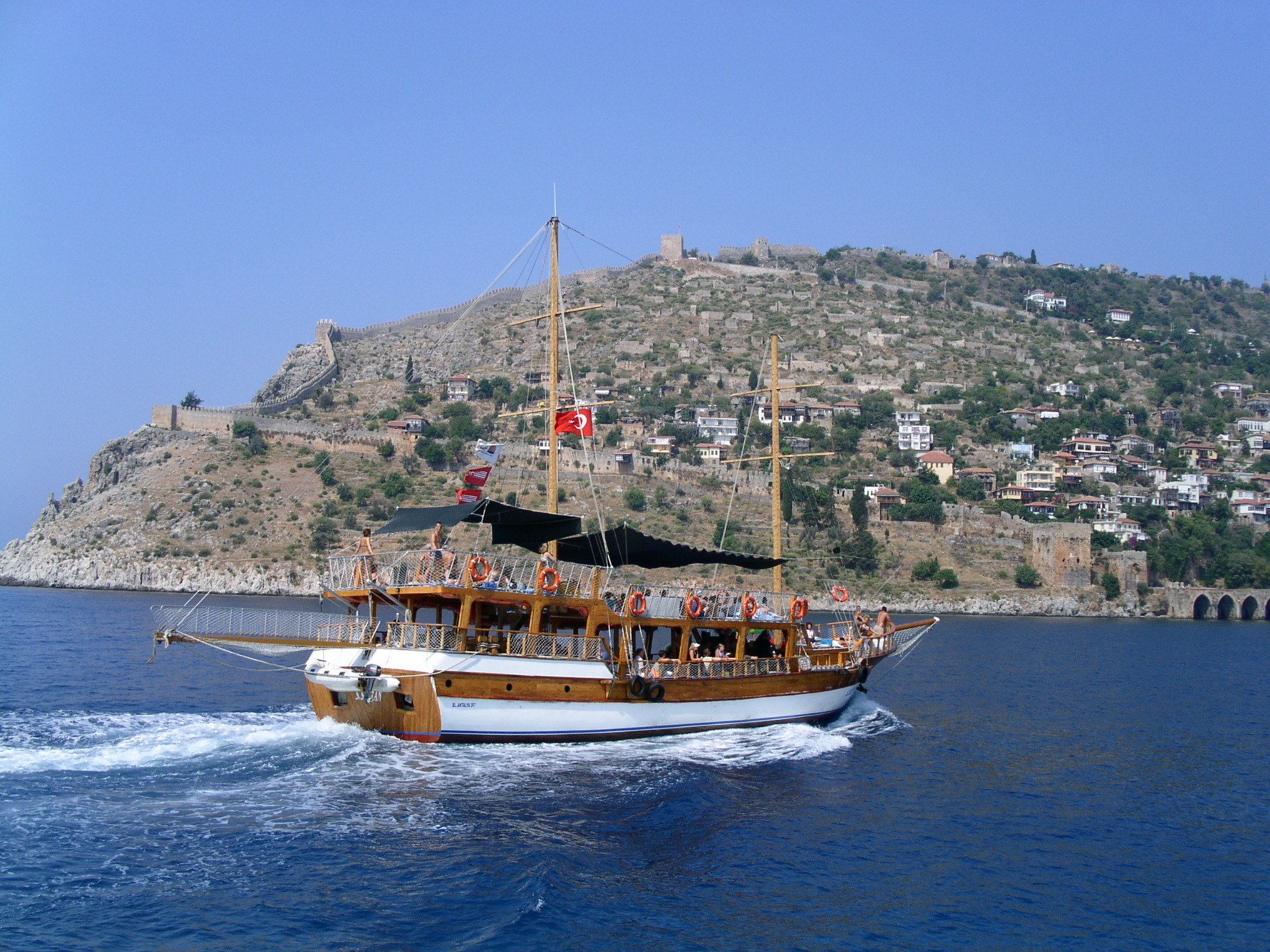
It is essential to plan for the trip before you set off. For instance, you should know your route, your destination, your activities, and where you will be sleeping, as well as where you will be eating. Also, make sure there is enough room to anchor in the places you will stop on the way and even at your destination. If you need to stop for refueling, plan accordingly to make sure the stations are within the range of your fuel tank mileage. It is always important to make reservations in the places you will spend your nights. This will avoid frustration at the last minute if the hotels are fully booked.
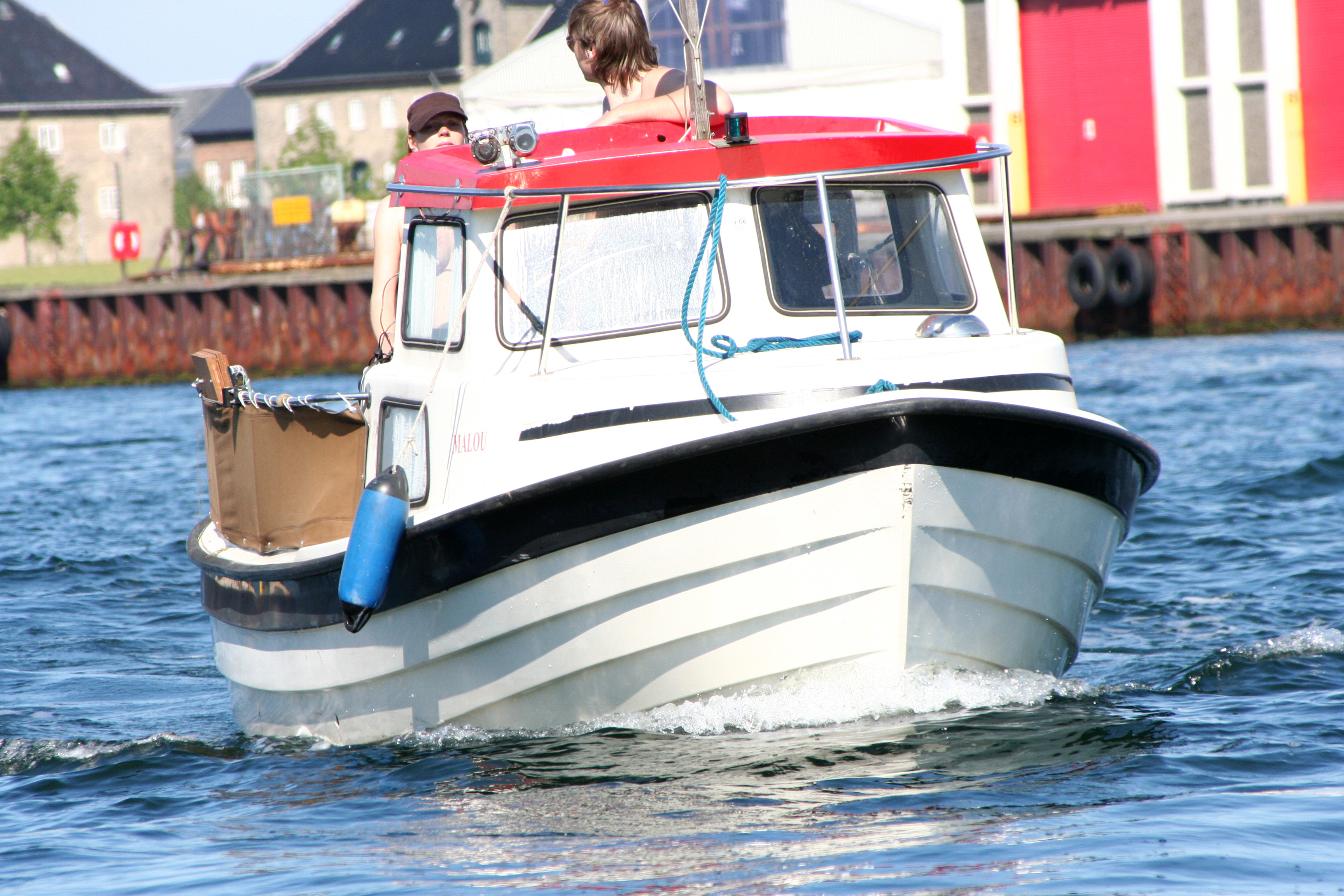
Stock Up on Essentials
It is important to make sure you have all the essentials before leaving for a boat trip. Although some of them might be available at your destination and along the way, it is always good to have them in your boat. The best way of ensuring you packed all essentials is by preparing a checklist and ticking items off as you pack. Some of the essentials you need are life jackets (enough for everybody onboard), safety kits with restocked items, a torch, and enough food and water. Also, carry enough warm clothes, Tamaris Shoes and raincoats, because weather changes are not very predictable.
Make Sure Your Boat is in Good Condition
Make sure your boat is in good condition for the trip. Start with a full fuel tank and carry extra fluid because they can help you on the way. It is also essential to bring a spare anchor just in case you lose one on the trip. Again, even if you have electronic gadgets to help you with directions, always carry a paper chart. Still, do not ignore anything strange in your boat. It could be an indication of a bigger problem. Lastly, make sure you double-check everything before you start your trip. Ensure the fluids and batteries are at the right level.
Have Fun
If you are done with your checklist and ready to leave, remember why you are going. Go out there and have fun.



 produce a substantial amount of power. It is for this reason that the ships are typically powered by nuclear engines, with the company specifically using the Russian icebreaker called 50 Years of Victory. The ship is equipped with helicopters and inflatable boats, allowing travelers to explore some of the wilder Arctic areas that would normally only be accessible via land expeditions. The ship also holds the record for being the largest ship in the world, in part because of the necessity of being large enough to hold a nuclear engine, as well as the specialist crew required ot maintain such an engine.
produce a substantial amount of power. It is for this reason that the ships are typically powered by nuclear engines, with the company specifically using the Russian icebreaker called 50 Years of Victory. The ship is equipped with helicopters and inflatable boats, allowing travelers to explore some of the wilder Arctic areas that would normally only be accessible via land expeditions. The ship also holds the record for being the largest ship in the world, in part because of the necessity of being large enough to hold a nuclear engine, as well as the specialist crew required ot maintain such an engine.

 to reload, aim, and fire, they were not as popular on ships until later centuries. The addition of cannons on a ship greatly increased the weight of the ship, although this was not a problem in terms of the ships ability to stay afloat, it did make propulsion using oarsmen impossible, leading to warships making exclusing use of sails for propulsion.
to reload, aim, and fire, they were not as popular on ships until later centuries. The addition of cannons on a ship greatly increased the weight of the ship, although this was not a problem in terms of the ships ability to stay afloat, it did make propulsion using oarsmen impossible, leading to warships making exclusing use of sails for propulsion.



 r transporting American officals around the world and for use in training exercises. The ship also saw use as an aid ship during the 1933 earthquake in Long Beach, California.
r transporting American officals around the world and for use in training exercises. The ship also saw use as an aid ship during the 1933 earthquake in Long Beach, California.

 three ships during Columbus’ expedition, but this helped it fare well on the Atlantic ocean. The initial crossing went well, but the return crossing was when disaster struck. Columbus had decided to sleep, as he had not done so in at least two days, leaving his steersman in charge of the ship. Given that the night’s weather happened to be particularly calm, the steersman decided to allow a cabin boy to steer the ship, a practice that Columbus would never have allowed had he been awake. The cabin boy’s lack of experience at the helm, the ship ultimately was carried onto a sandbank and ran aground on a site near Haiti. The ship proved to be unrepairable and sank the next day, with Columbus ordering the ship stripped of timber in order for a fort to be built. The exact wreckage for the ship has never been fround, although a number of dive teams have attempted to do so. The closest that any team has come so far was on the 13th of May in 2014, when underwater archaeological explorer Barry Clifford claimed that his team had found the original wreck of the Santa Maria. The claim was studied in great detail by UNCESCO, but in the following October, UNESCO published a report stating that the ship cannot have belonged to Columbus. This was due to fastenings that had been used in the hull of that particular ship which dated back to the 17th or 18th century.
three ships during Columbus’ expedition, but this helped it fare well on the Atlantic ocean. The initial crossing went well, but the return crossing was when disaster struck. Columbus had decided to sleep, as he had not done so in at least two days, leaving his steersman in charge of the ship. Given that the night’s weather happened to be particularly calm, the steersman decided to allow a cabin boy to steer the ship, a practice that Columbus would never have allowed had he been awake. The cabin boy’s lack of experience at the helm, the ship ultimately was carried onto a sandbank and ran aground on a site near Haiti. The ship proved to be unrepairable and sank the next day, with Columbus ordering the ship stripped of timber in order for a fort to be built. The exact wreckage for the ship has never been fround, although a number of dive teams have attempted to do so. The closest that any team has come so far was on the 13th of May in 2014, when underwater archaeological explorer Barry Clifford claimed that his team had found the original wreck of the Santa Maria. The claim was studied in great detail by UNCESCO, but in the following October, UNESCO published a report stating that the ship cannot have belonged to Columbus. This was due to fastenings that had been used in the hull of that particular ship which dated back to the 17th or 18th century.
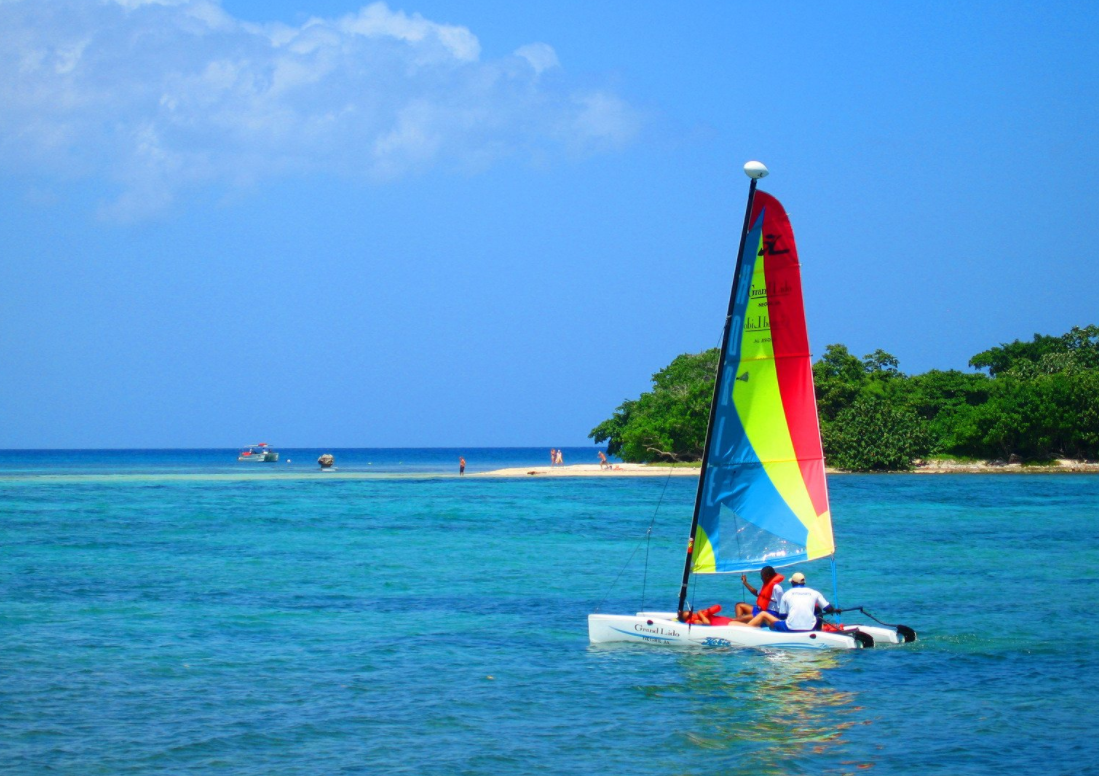

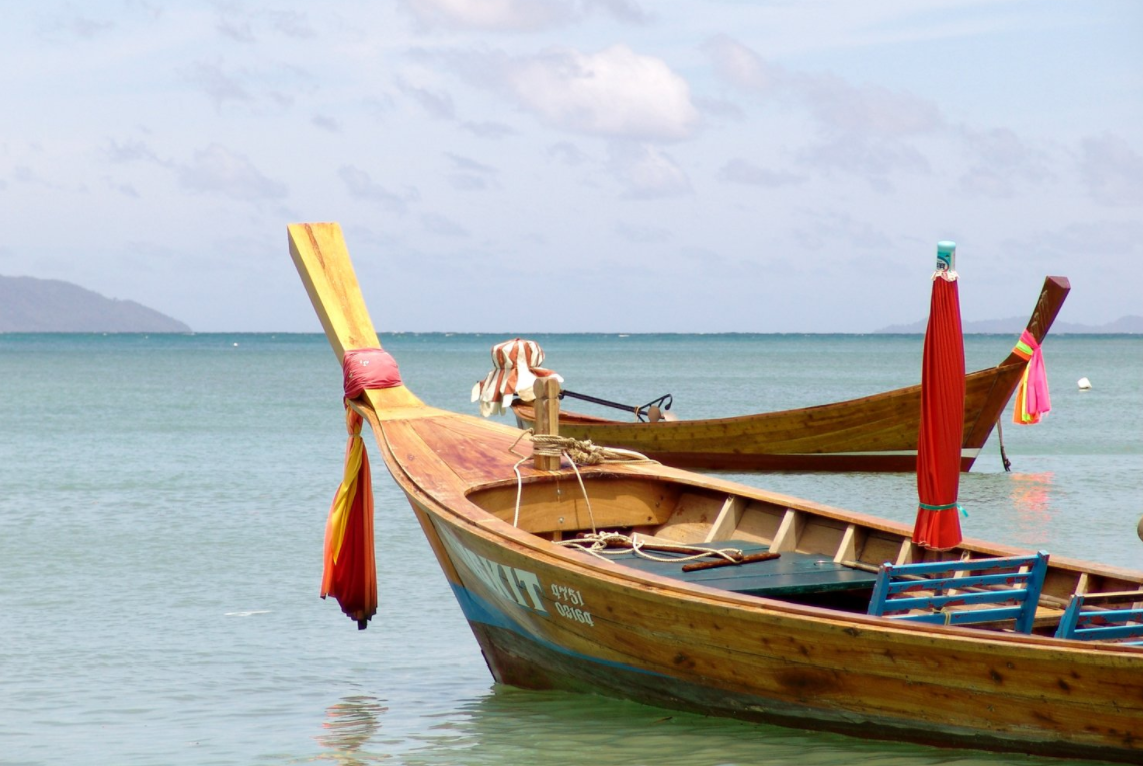

 w and main deck from bad weather at sea. This design was common amongst English merchant vessels during the early 17th century. The design of the ship made it particularly bad at sailing against the wind and unable to sell well against the westerly winds that are prevalent in the North Atlantic. The entire voyage took a little over two months as a result of this. The return voyage was shortened to over half that time, with the strong winds acting in the ship’s favour.
w and main deck from bad weather at sea. This design was common amongst English merchant vessels during the early 17th century. The design of the ship made it particularly bad at sailing against the wind and unable to sell well against the westerly winds that are prevalent in the North Atlantic. The entire voyage took a little over two months as a result of this. The return voyage was shortened to over half that time, with the strong winds acting in the ship’s favour.
 uch as cars or furniture, are nearly exclusively shipped in ISO containers. In 2001 it was estimated that more than 90% of global trade for non-bulk goods was carried out using ISO containers, although many of this takes place over land as well as over the sea.
uch as cars or furniture, are nearly exclusively shipped in ISO containers. In 2001 it was estimated that more than 90% of global trade for non-bulk goods was carried out using ISO containers, although many of this takes place over land as well as over the sea.
 ll-year round. One of the most notable rowing events is the Oxford University vs Cambridge University boat race, a race that stretches back for decades and is viewed by large audiences.
ll-year round. One of the most notable rowing events is the Oxford University vs Cambridge University boat race, a race that stretches back for decades and is viewed by large audiences.